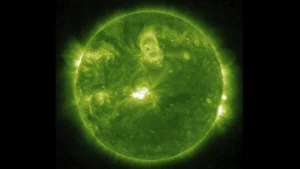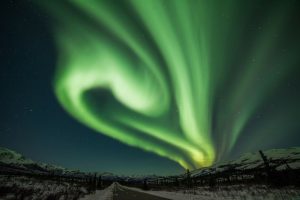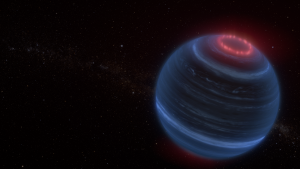Northern Lights
The Northern Lights, commonly known as Aurorae, are natural light displays that occur in the Earth’s polar regions.
Northern Lights appear as a result of interactions between charged particles from the Sun, particularly electrons and protons carried by the solar wind, and the Earth’s magnetosphere. When these charged particles collide with gases in the Earth’s atmosphere, such as oxygen and nitrogen, they emit light creating the beautiful and dynamic visual spectacle we observe as aurorae.
The colours of the Northern Lights depend on the type of gas particles involved in the collisions and their altitude in the Earth’s atmosphere. Oxygen typically produces red and green colours, while nitrogen contributes to purples, blues, and pinks.
The Northern Lights are most commonly seen in high-latitude regions near the magnetic poles, such as the Arctic and Antarctic Circles, during periods of increased solar activity. The countries that commonly experience the Northern Lights include Norway, Sweden, Finland, Canada (especially in northern regions), USA (Alaska) and others.





